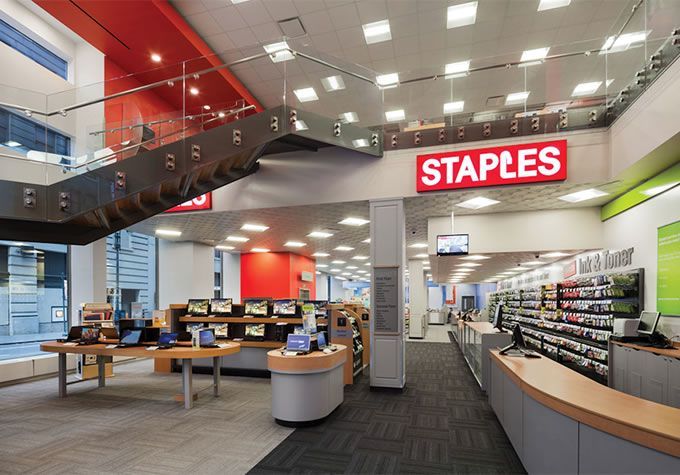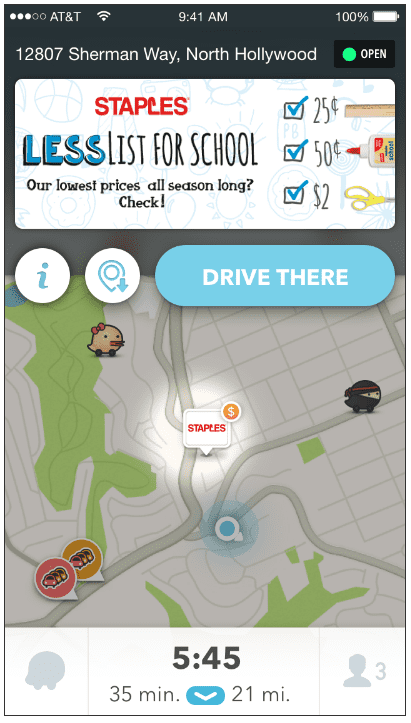How to Use Mobile Advertising to Increase Reach & Sales | Staples Case Study
As media platforms multiply and diversify at an accelerated rate, it becomes increasingly important for brands to maximize each opportunity. This requires knowing where your customer is and aligning marketing investment to reach that person with content and experiences that provide relevant value. Example, Mobile Advertising.
Staples Inc. is a retail company primarily involved in the sale of office supplies and related products. Their products are available via retail channels and business-to-business (B2B) operations. The company opened its first store in Brighton, Massachusetts on May 1, 1986. By 1996, it had reached the Fortune 500, and it later acquired the office supplies company Quill Corporation. In 2014, in the wake of increasing competition from e-commerce market, Staples began to close some of its locations.
Staples began in 2015 to refocus its operations to downplay its brick-and-mortar outlets, Hence placing more prominence on its B2B supply business.

In this case study, let’s delve into how Staples significantly increased store-location awareness and drive in-store traffic and sales for their Back-To-School (BTS) products. Thus, Utilizing Mobile Advertising through Waze, the GPS app.
Waze is a GPS navigation software mobile app that Google owns. It works on smartphones and tablet computers that have GPS support. It provides turn-by-turn navigation information and user-submitted travel times and route details. While downloading location-dependent information over a mobile telephone network.
PROBLEM
Heading into Back-to-School (BTS), Staples wanted to increase store-location awareness and drive in-store traffic and sales for their BTS products.
Staples partnered up with iProspect, preparing a consumer-driven, data-led approach aided by analytics that helped Staples identify moms shopping for BTS products as mobile consumers who use Waze, making Waze the perfect platform for a precision audience targeted campaign.
SOLUTION
Staples and iProspect chose Waze, the world’s largest community-based traffic and navigation app, as the campaign platform because Waze had the scale (20 million active users), the right audience (consumers, specifically moms with school-age children), the right context (data showed that most BTS shopping is done in-store, and Waze users are already on the road), and the ability to target specific locations.
For the test campaign (covering 848 stores in 14 markets), the team implemented the full array of placements on the Waze platform: hyper-local branded pins, zero-speed takeover ads, sponsored search, and a shopper as well as a family destination targeted takeover ad. This diversified strategy created branded touch points at multiple instances throughout the consumer’s experience with the Waze app.

RESULT
With 47K actions including 16K navigations, the campaign delivered an incremental ROAS 2x higher than average display campaigns and an incremental profit ROAS 5x higher than average display campaigns.
- +70% increase in brand recall (measured via follow-up survey)
- +37% increase in search navigations within Waze
- +3.8% lift in incremental BTS units sold in stores tested
- +1.7% lift in incremental store visits in stores tested